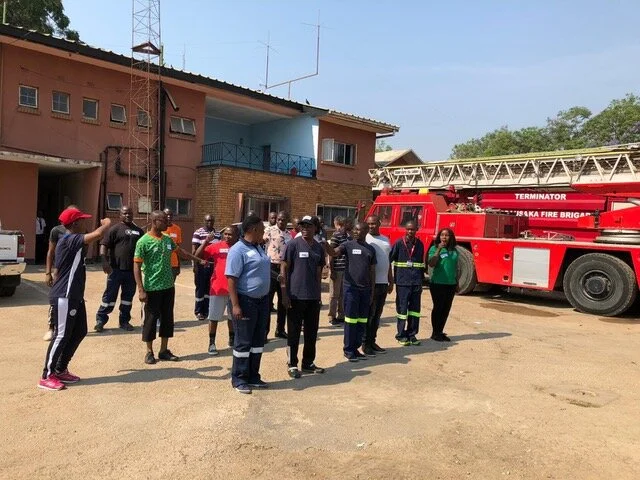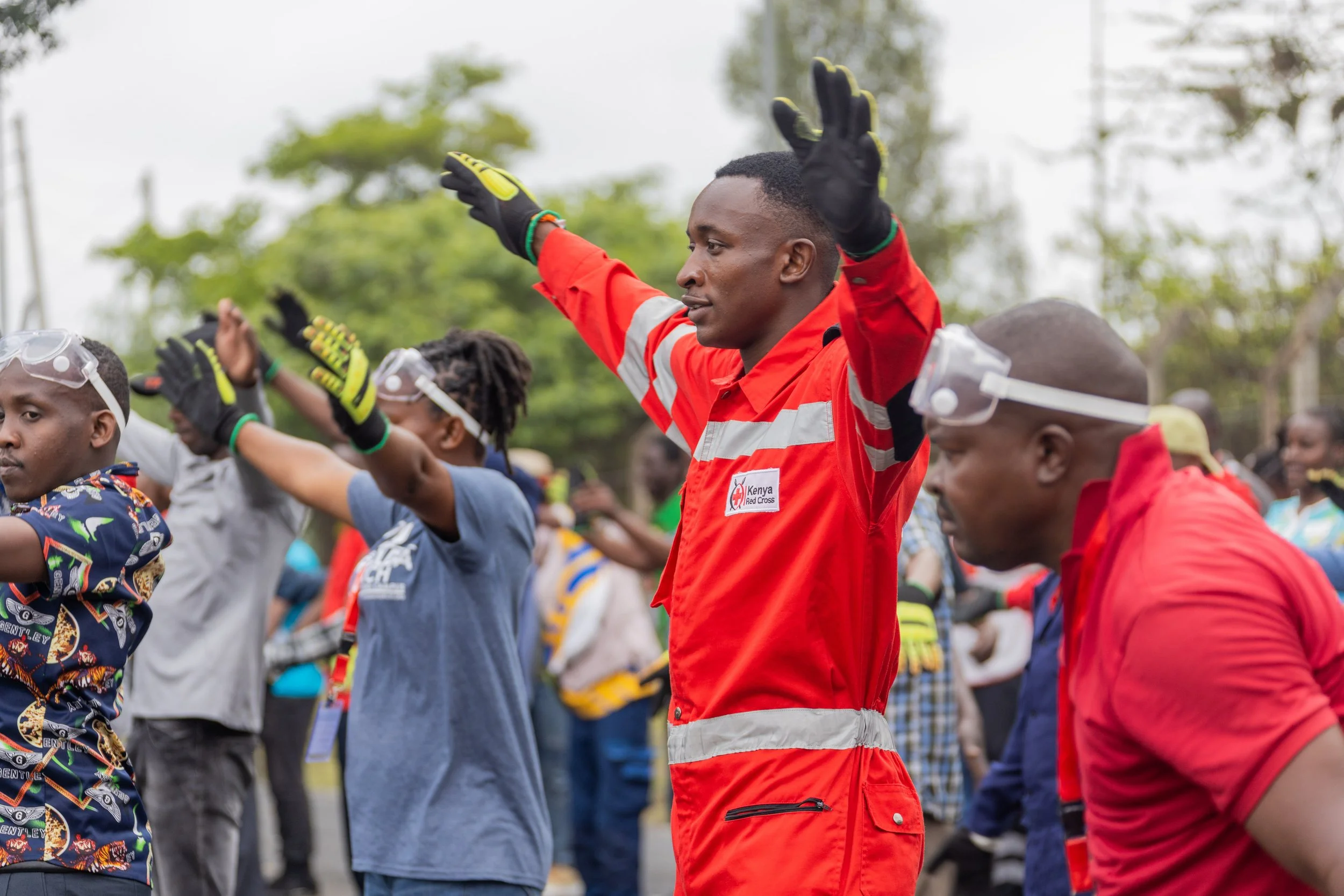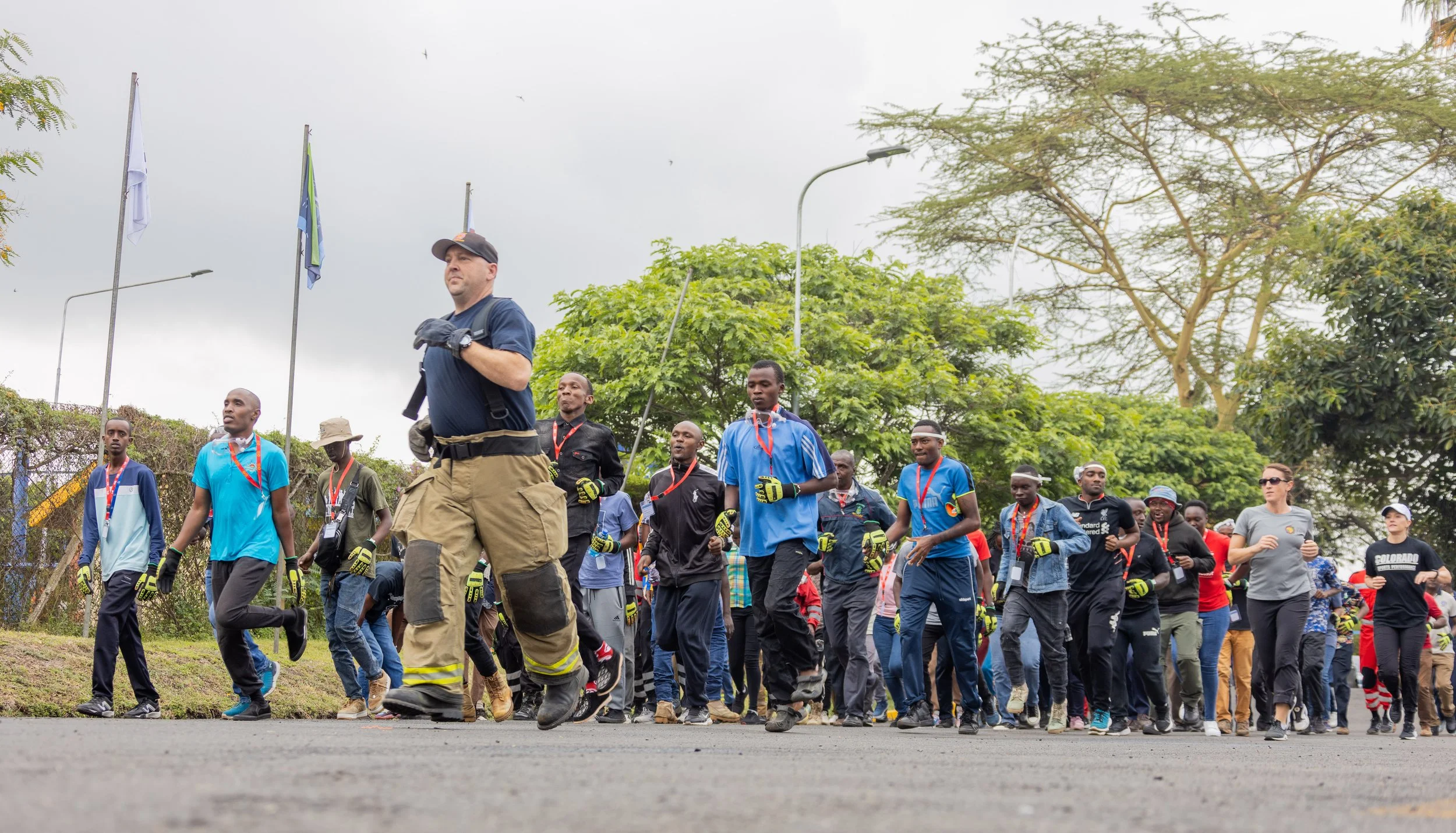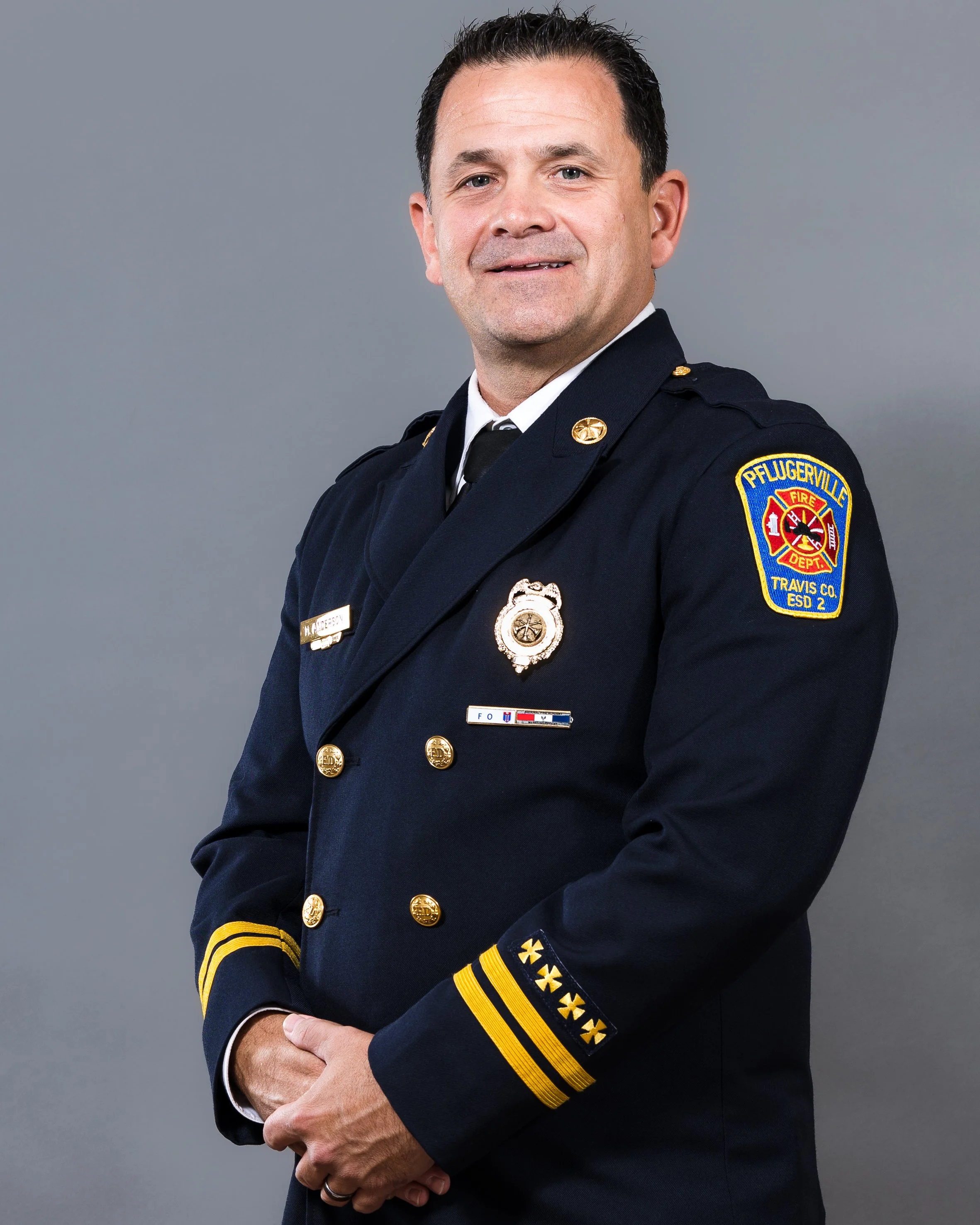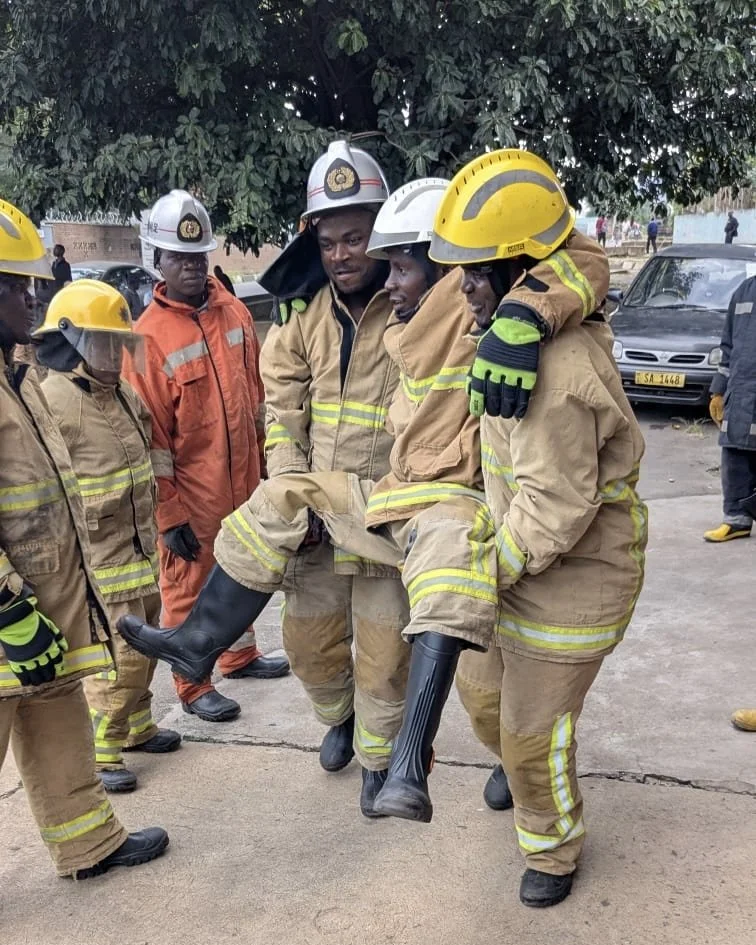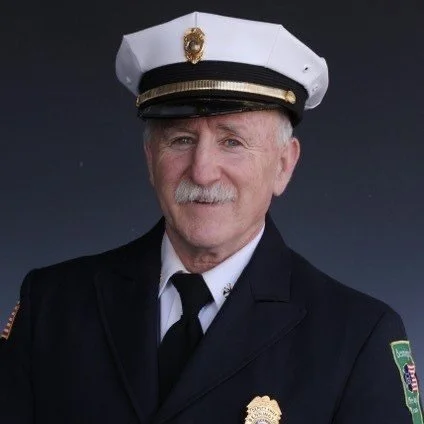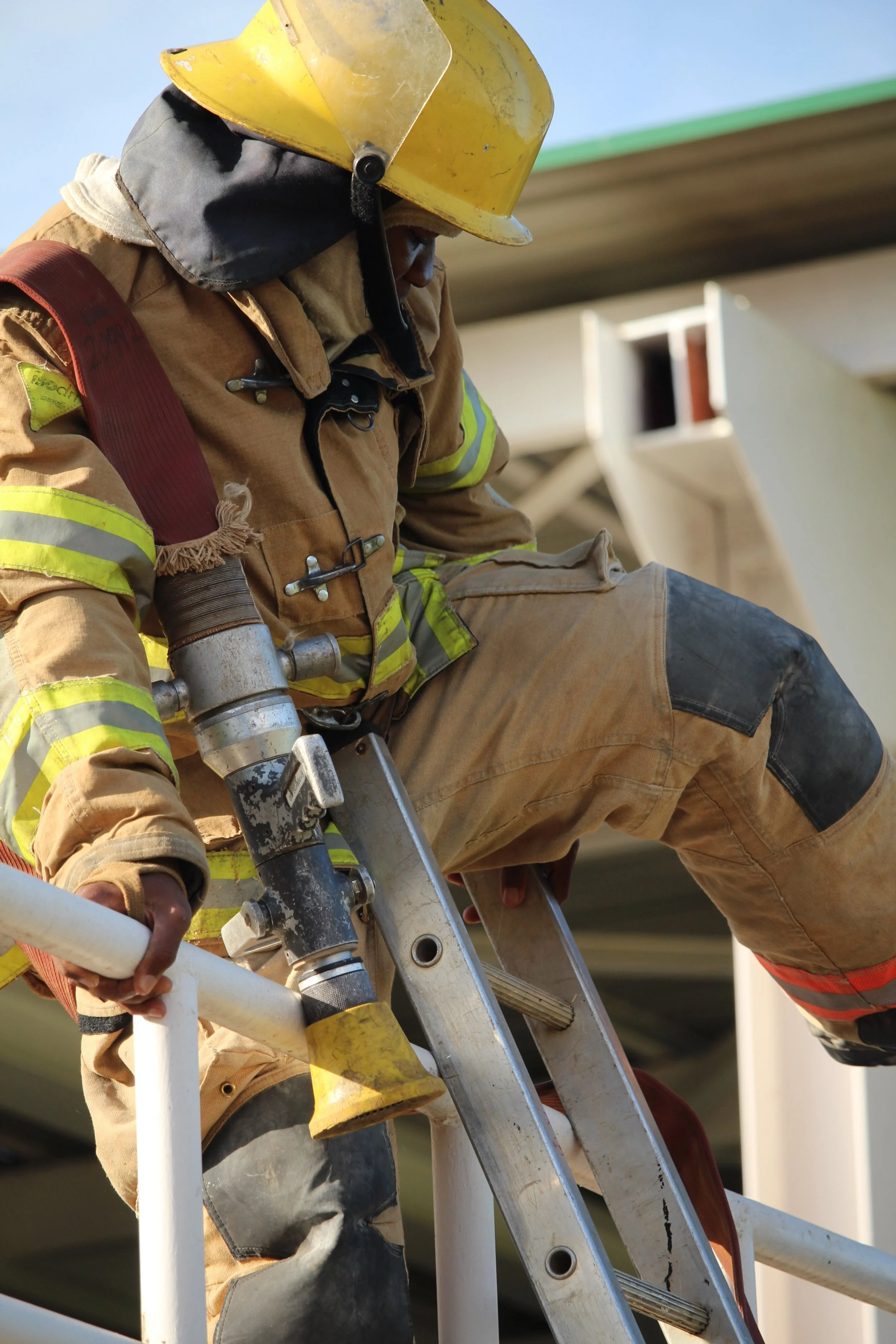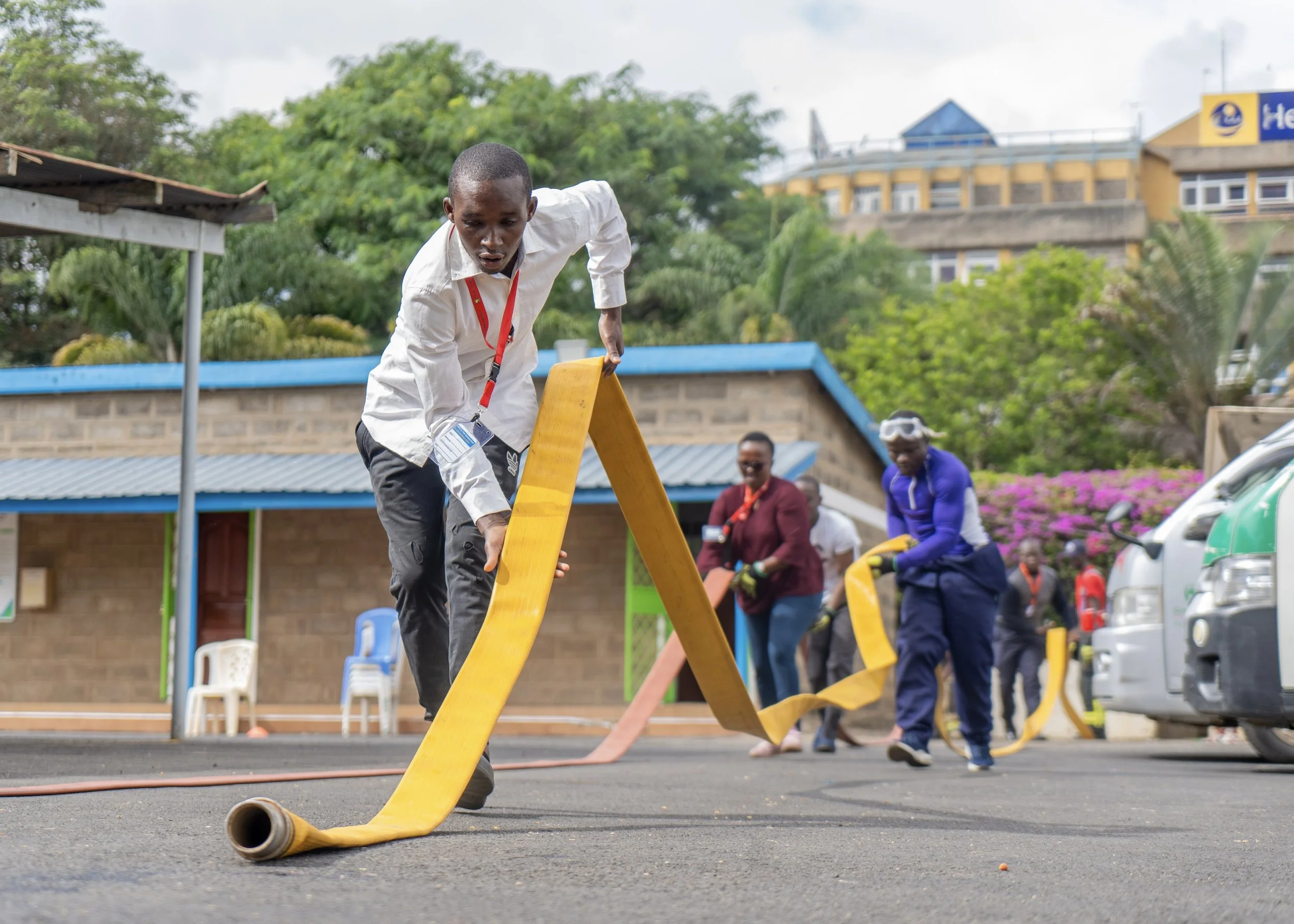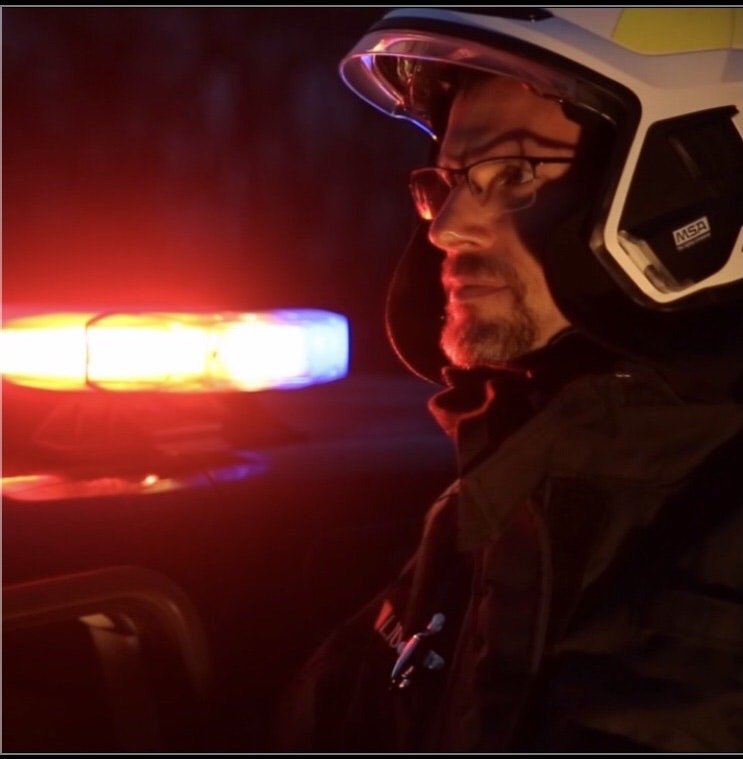by Howard Cohen
Firefighting is a dangerous and physically demanding job. Firefighters operate in harsh and challenging environments, use heavy, hard-to-handle tools, and wear many kilos of protective gear. We need to keep ourselves in great shape to do our jobs. This means we must care for ourselves through proper nutrition and hydration, physical exercise, and sufficient rest. This is what is minimally required to properly and safely perform our jobs.
If you stop and think about it, what is the one “tool” every firefighter uses at every call? It’s our body. We depend on our bodies for all aspects of firefighting. In this sense, firefighters are like elite athletes. While we may not have to jump, sprint, or throw a ball, we are often required to crawl, drag, or haul awkwardly shaped heavy objects in extreme heat conditions that greatly tax our cardiovascular systems. But there are important differences too. Elite athletes generally perform under optimal conditions. Firefighters respond to calls during the worst weather conditions. Elite athletes typically get a good night’s sleep before their big events. First responders are often woken up multiple times during the night. Elite athletes eat a well-balanced meal with regard to their upcoming sporting event. First responders' meals are often rushed, gobbled on the run, or interrupted by calls. However, the biggest difference is that it is all about winning or losing for elite athletes. What’s on the line for firefighters is often life or death; yours, your fellow firefighters, or a civilian’s.
The good news is that achieving a firefighter's operational level of physical fitness is not hard. However, it does require a commitment to exercise regularly. There are many great ways to hone your fitness level. If you can access YouTube, search for a type of workout that appeals to you. You will discover many free options to choose from. Ideally, your workouts will include strength training with weights or whatever heavy objects you have available to you and cardiovascular exercises, such as lunges, jumping jacks, running, climbing stairs, or any activity that gets your heart rate up. You don’t need a specific or fancy program to get in good workouts. All you need is to make a personal commitment to move your body and get your heart pumping. Any well-rounded program will benefit you in all aspects of fitness.
A good workout routine for first responders ideally includes four types of exercises.
1) Active movement exercises
2) Strength building
3) HiiT: High Intensity Interval Training
4) Deadlifts
Active movement: Exercises such as Bear Crawls, Mountain Climbers, or Spider Lunges engage nearly every muscle group and build core and cardiovascular strength and agility. Their primary purpose is to improve mobility.
Strength Building (Dumbbells): If you have them, dumbbells are preferable to barbells for first responder strength training because they allow for a greater range of motion and enhance overall muscle stabilization and activation. Dumbbells also help identify and eliminate strength imbalances by forcing the limbs to work unilaterally. If one side is significantly weaker than the other, there's no way to compensate. They are safer to use if you are working out alone. Finally, there is no limit to how you can use them in your workout.
HiiT: High-Intensity Interval Training: HiiT workouts consist of bursts of intense activity followed by short rest periods. They provide the most benefits in the least amount of time. The advantages of HiiT workouts include burning calories quickly, improving cardiovascular health, and enhancing metabolic function. Additionally, a HiiT workout increases muscle mass and effectively improves overall fitness levels.
Deadlifts: There is a tendency to think that deadlifts are just when you bend over and lift a heavy weight. In fact, there are many variations of the deadlift. They include squats, lunges, single leg deadlifts, suitcase squats and farmer walks. All are excellent exercises for building stronger Legs, core grip, and lower back strength.
There are no downsides to exercising and being physically fit. Physical fitness has been shown to prevent or treat various chronic health conditions resulting from unhealthy lifestyles, and it even counters certain aspects of the aging process. Studies indicate that regular exercise strengthens the heart and, when combined with a healthy diet, can reduce the risk of cancer and enhance the immune system. Being physically fit also helps lower the risk of injuries that can hinder your ability to work. Sometimes, firefighters overlook that physical fitness involves more than just working out; it also requires taking care of your body through proper nutrition, staying hydrated, getting enough sleep, and avoiding or limiting harmful substances like alcohol, recreational drugs, or tobacco.

